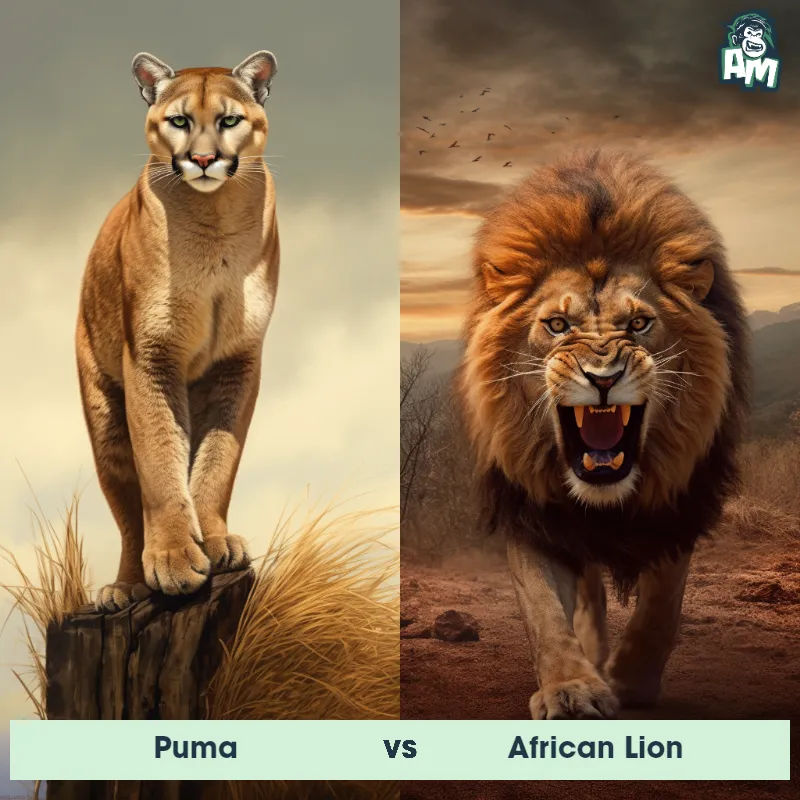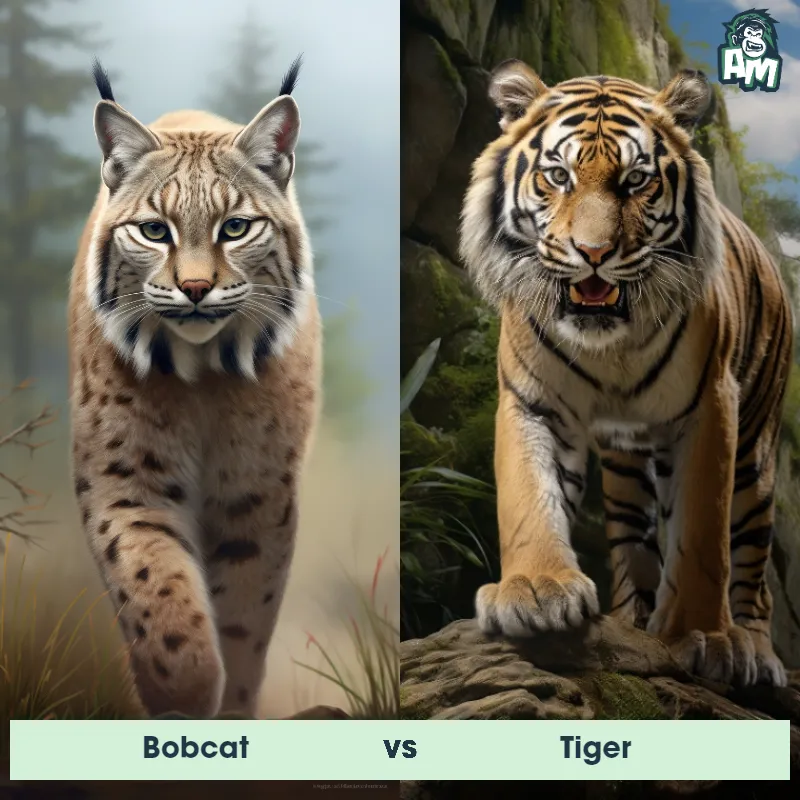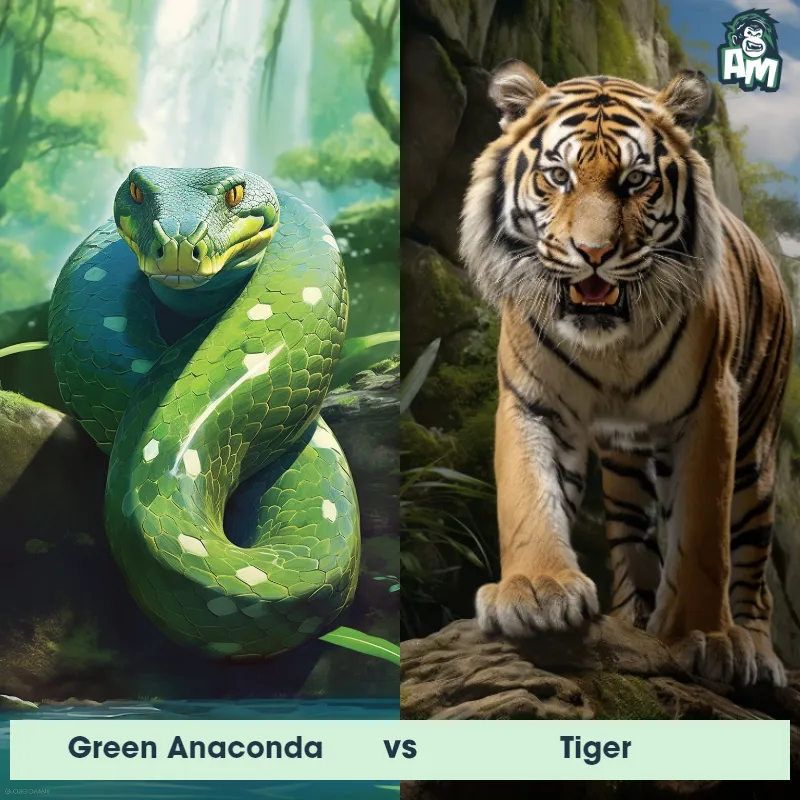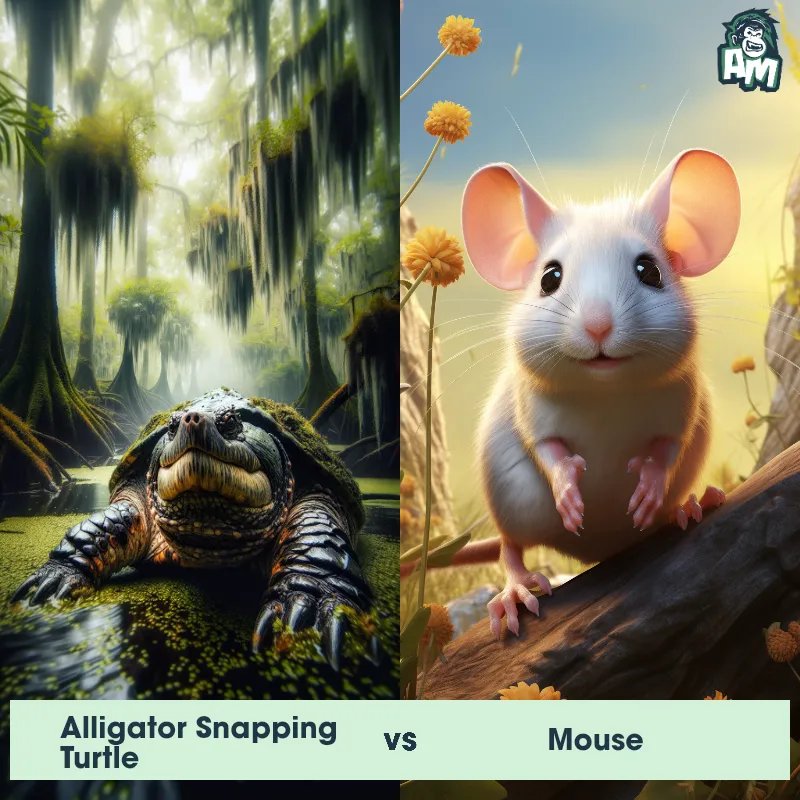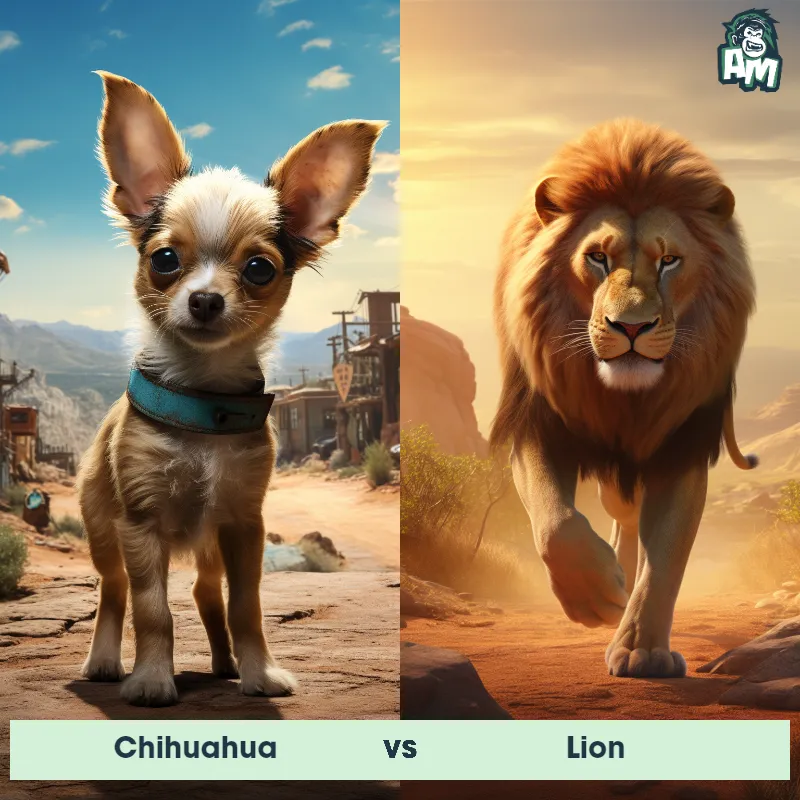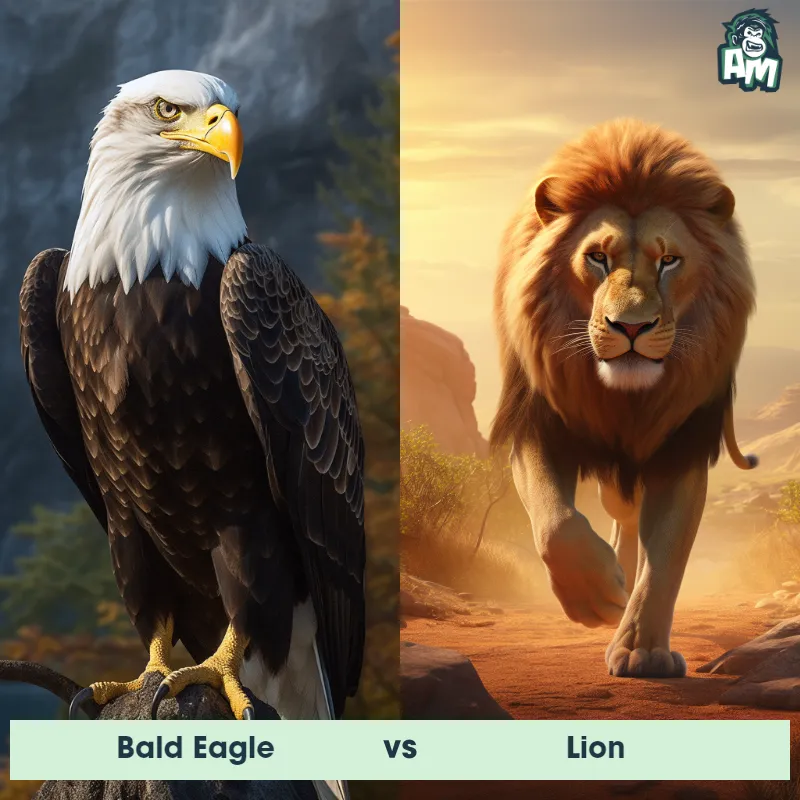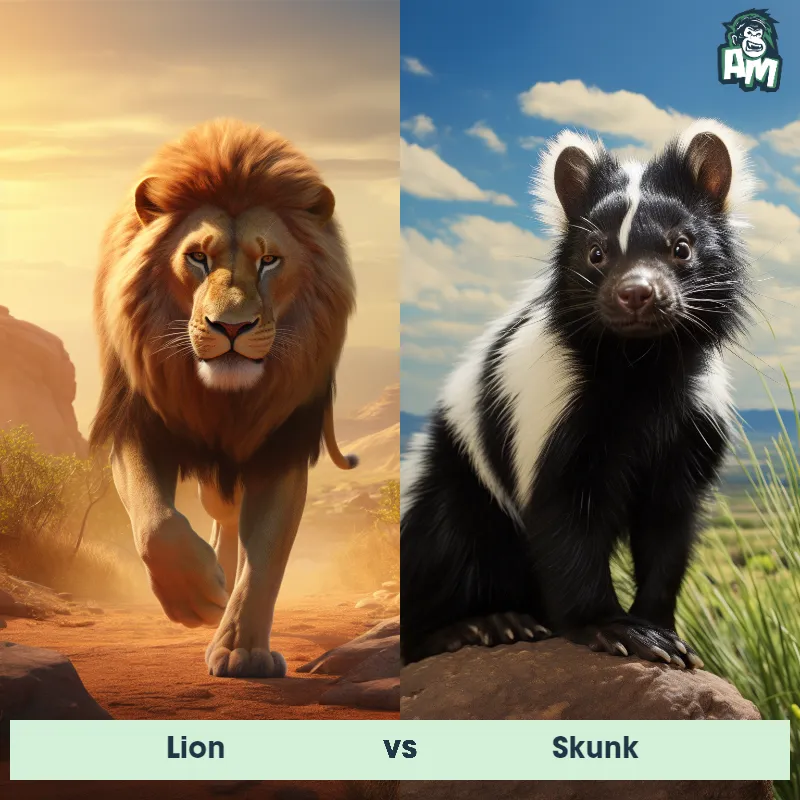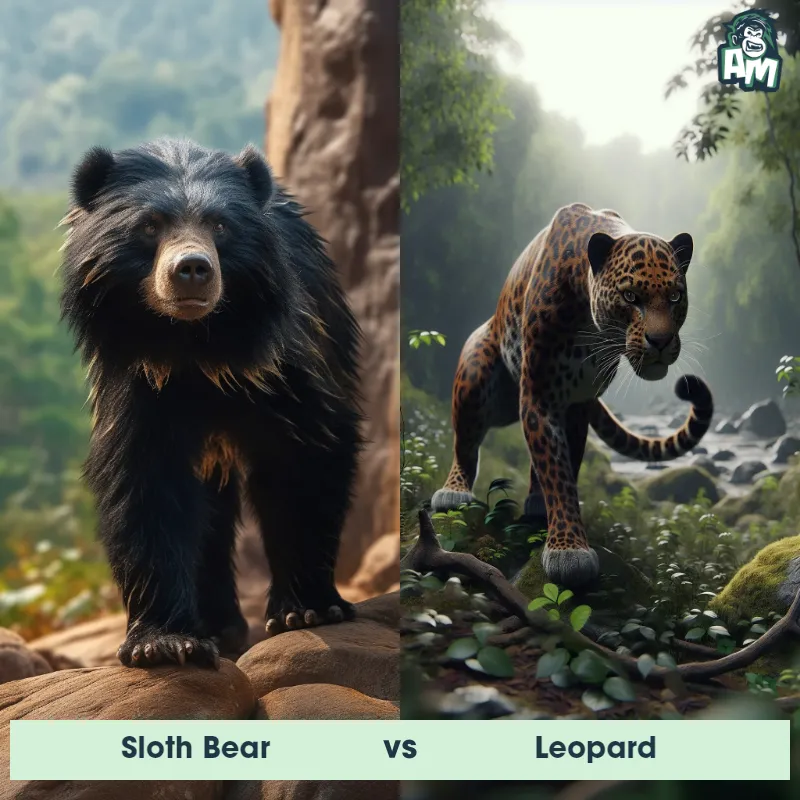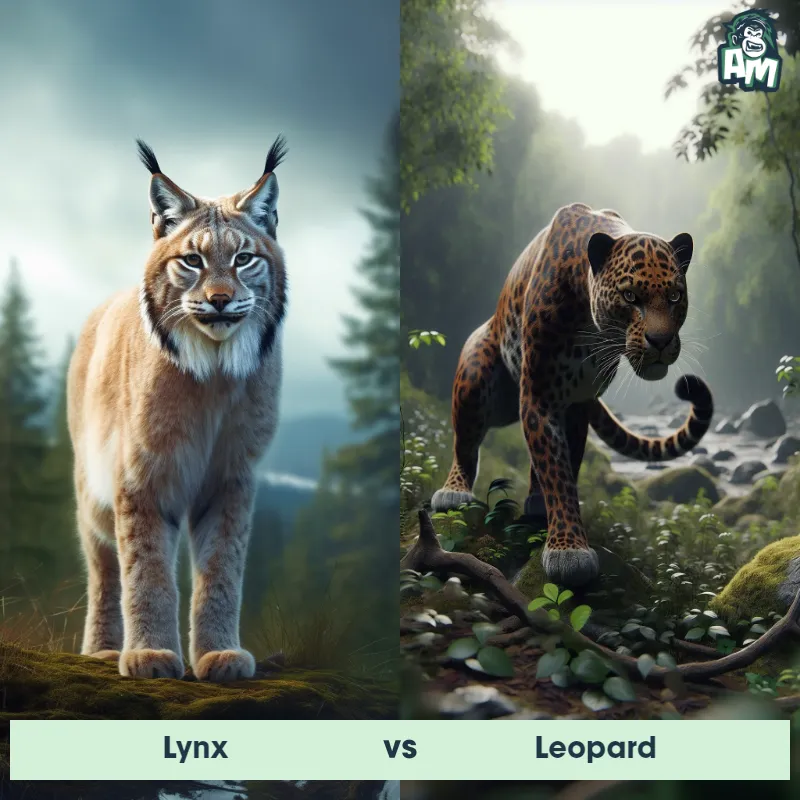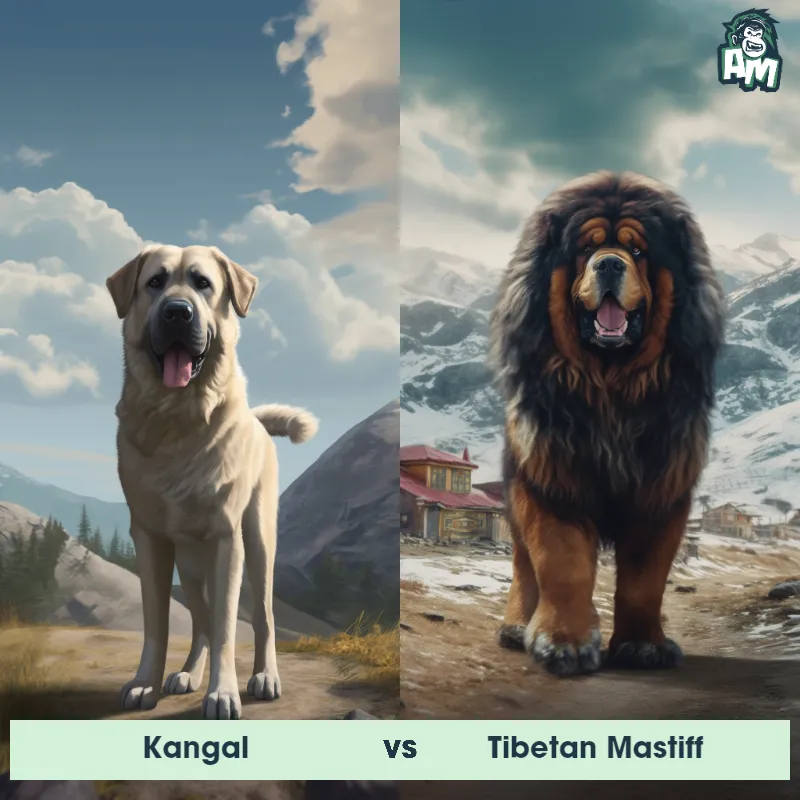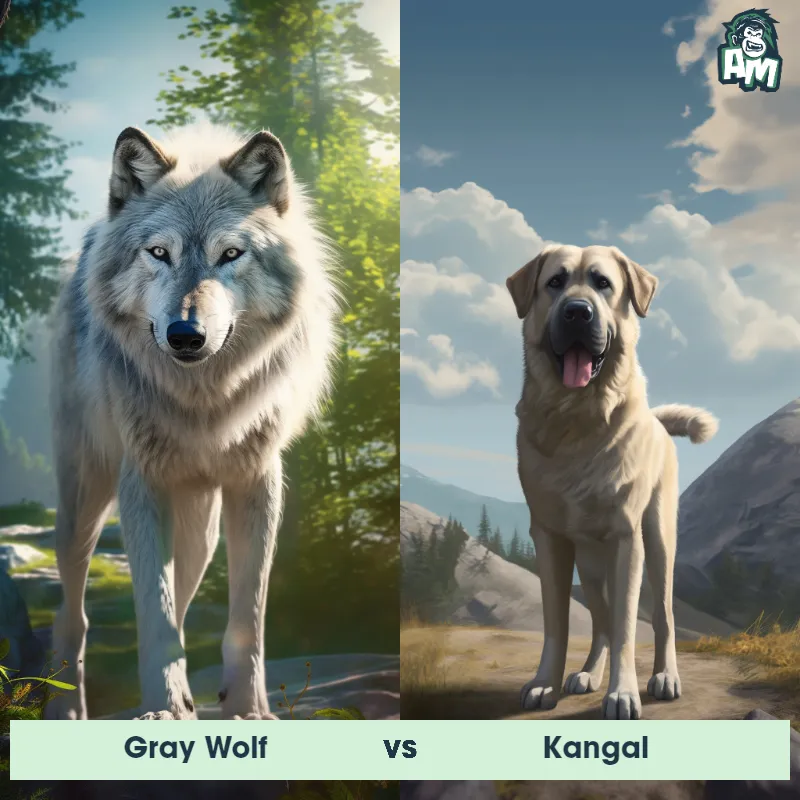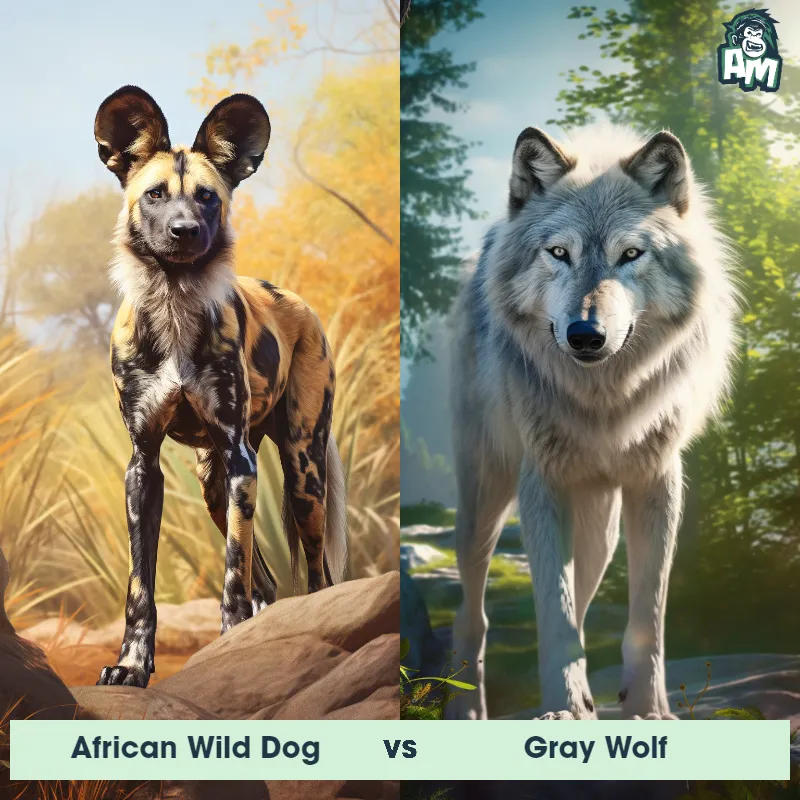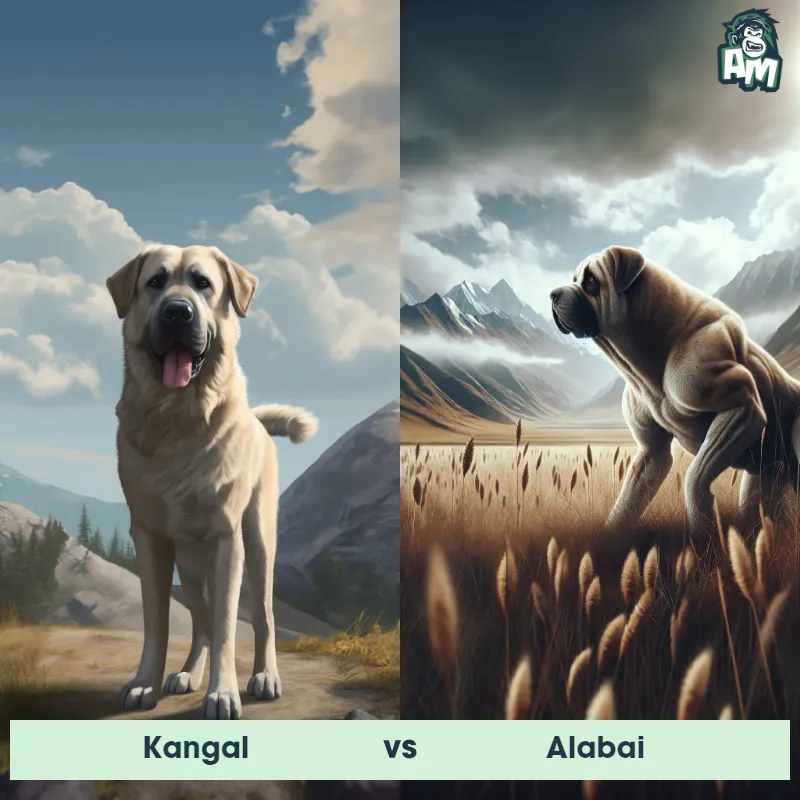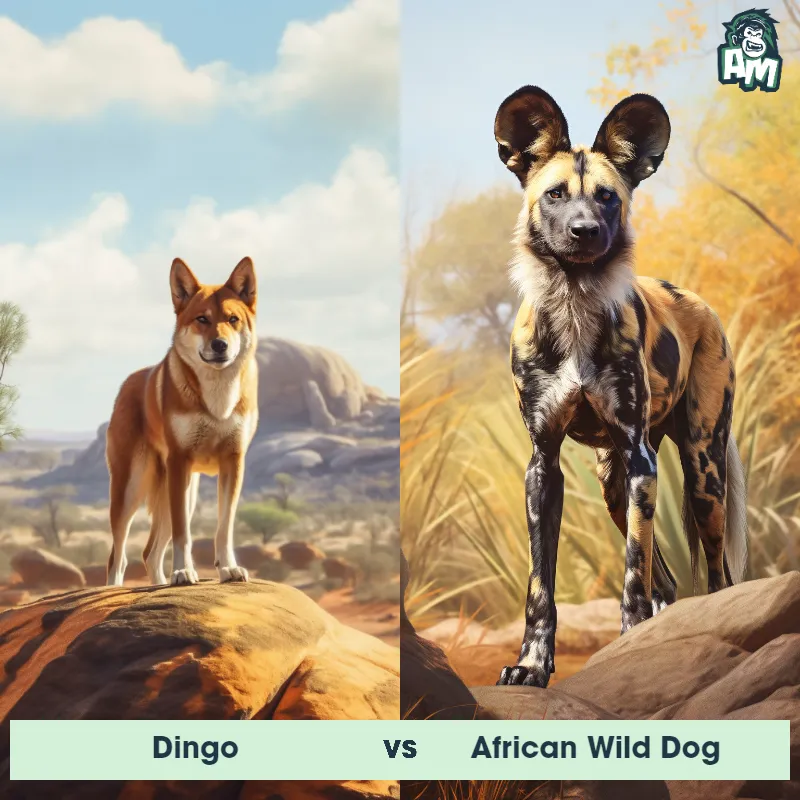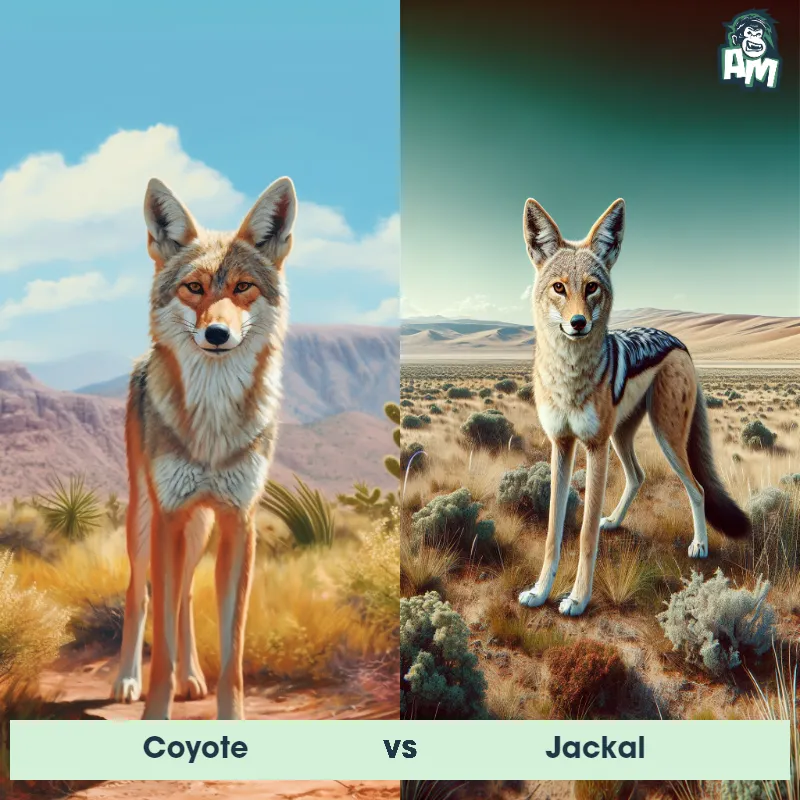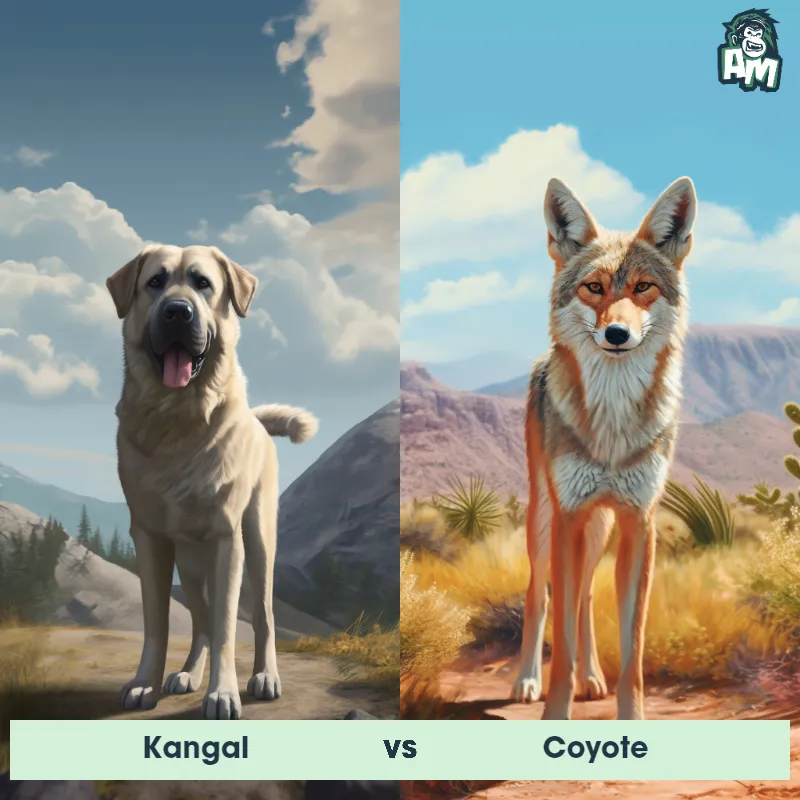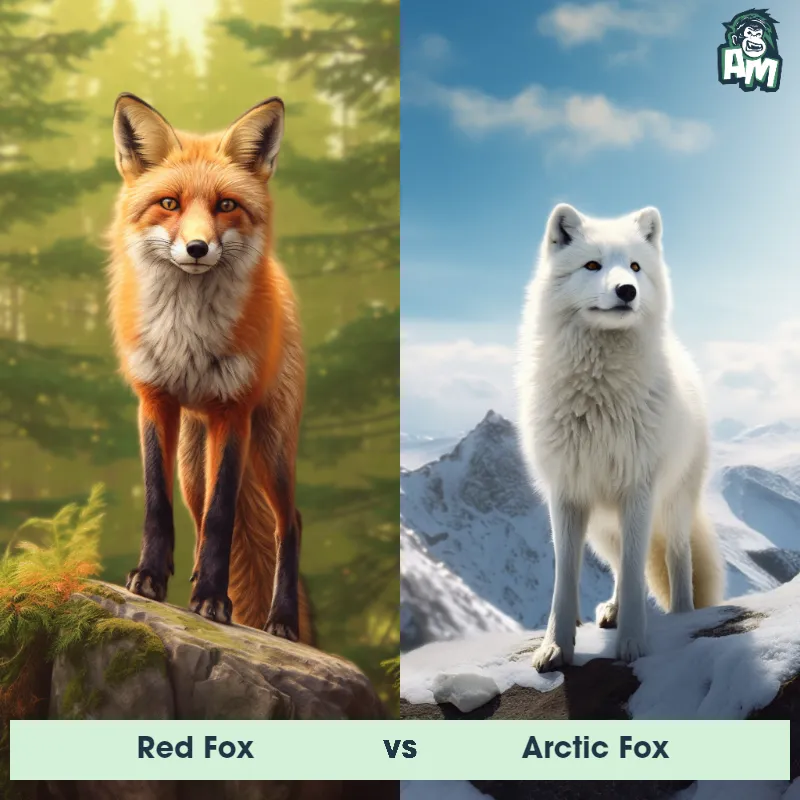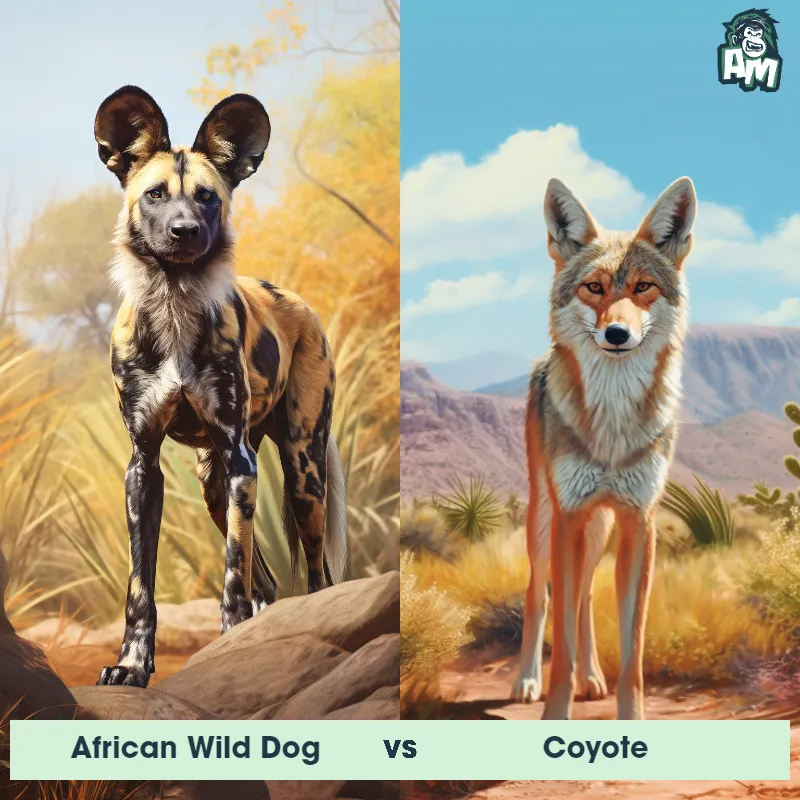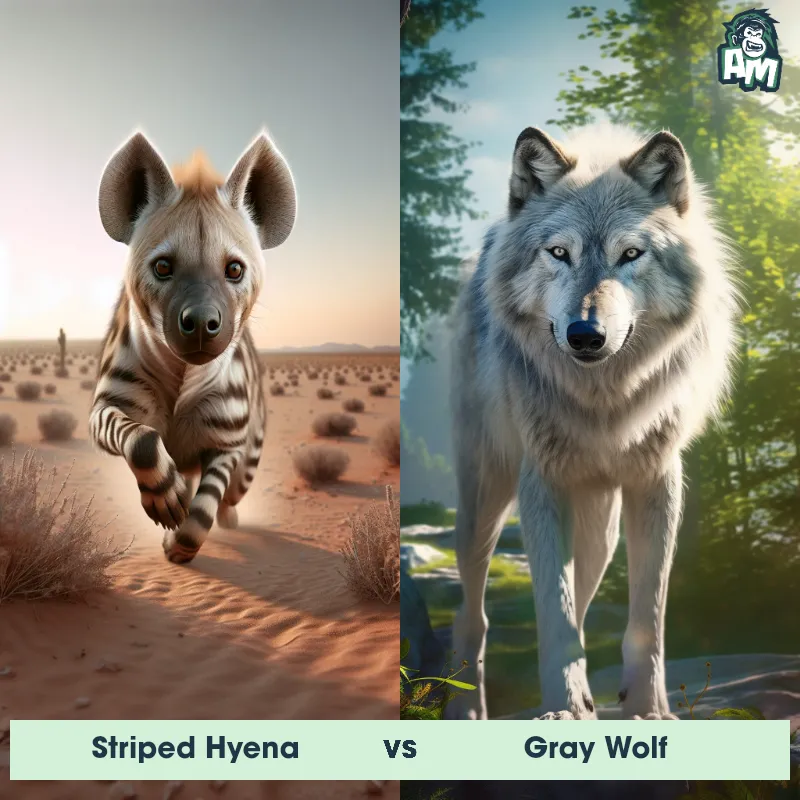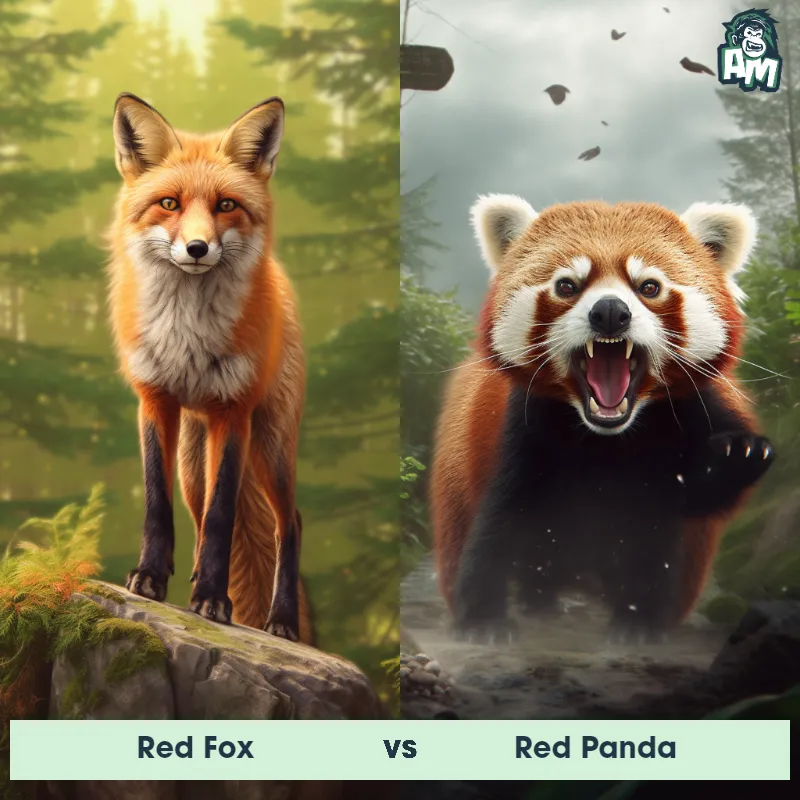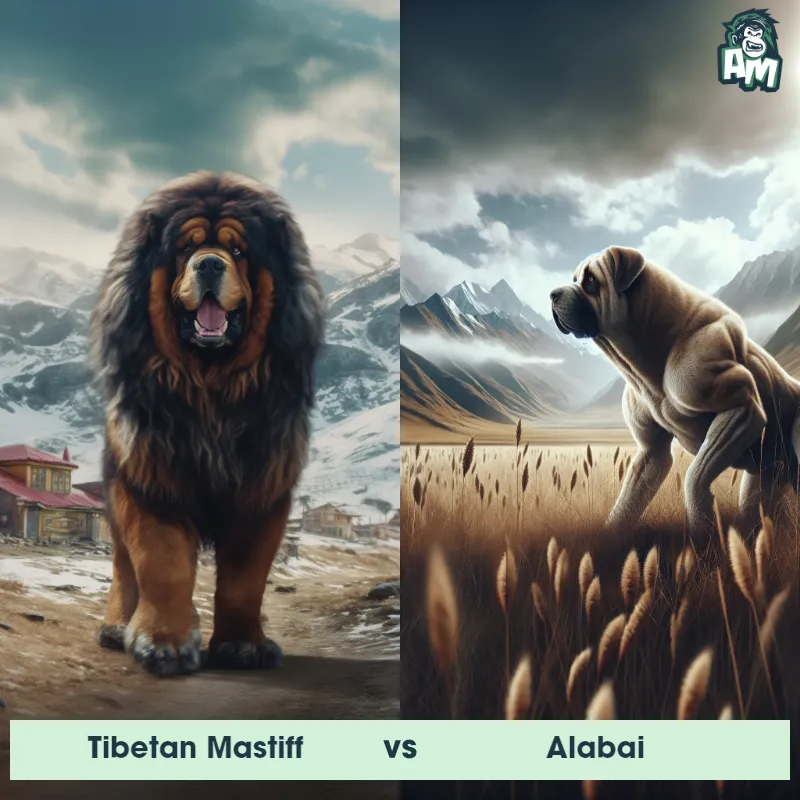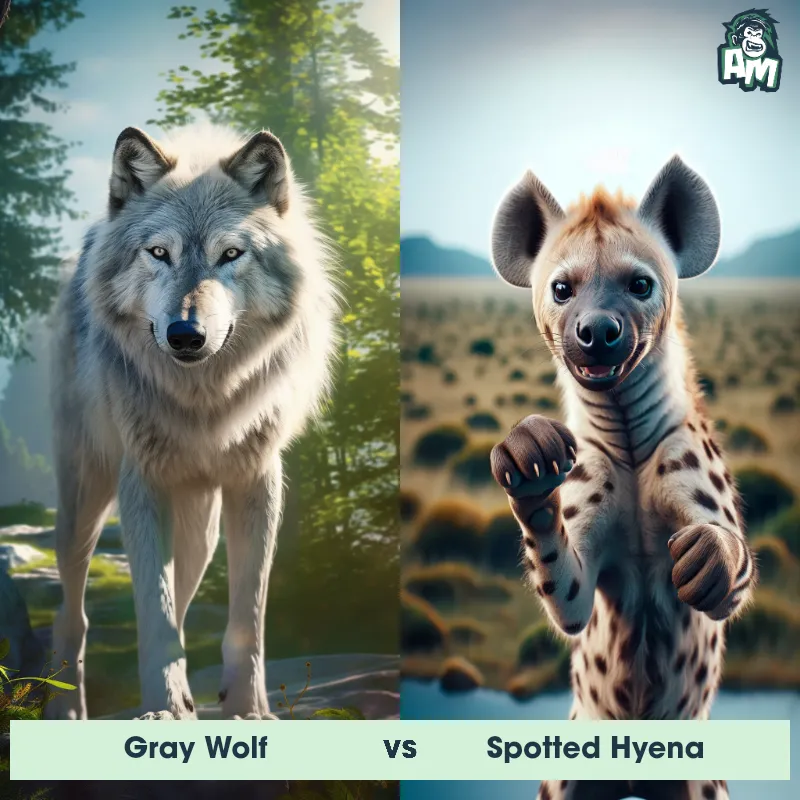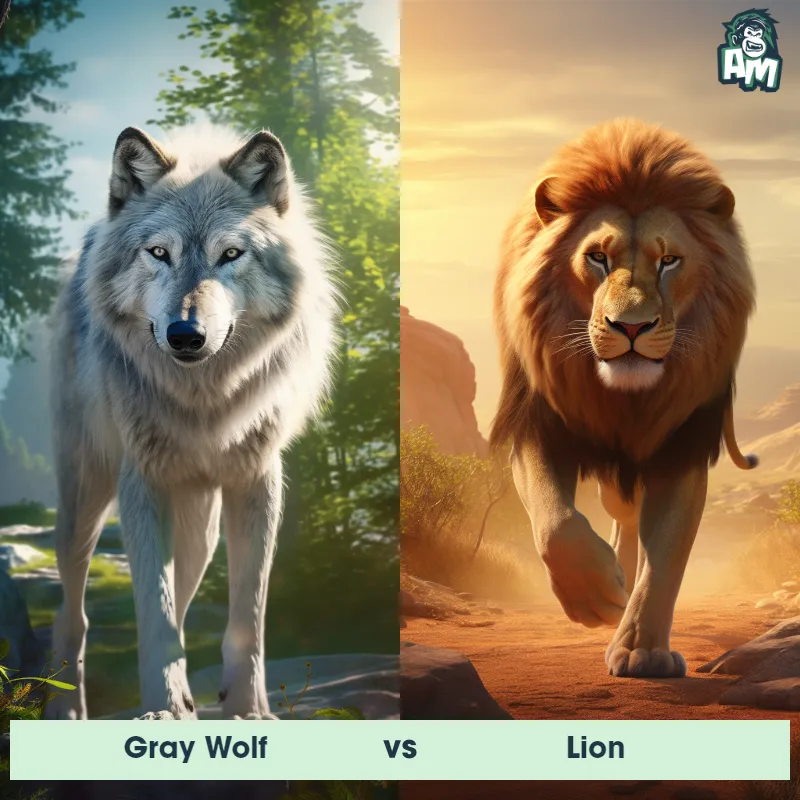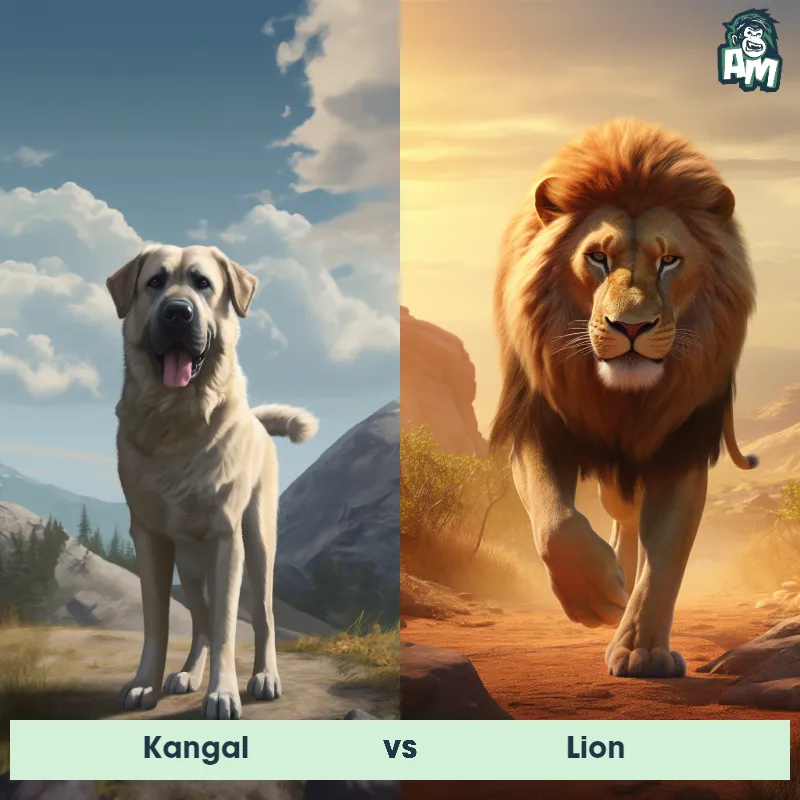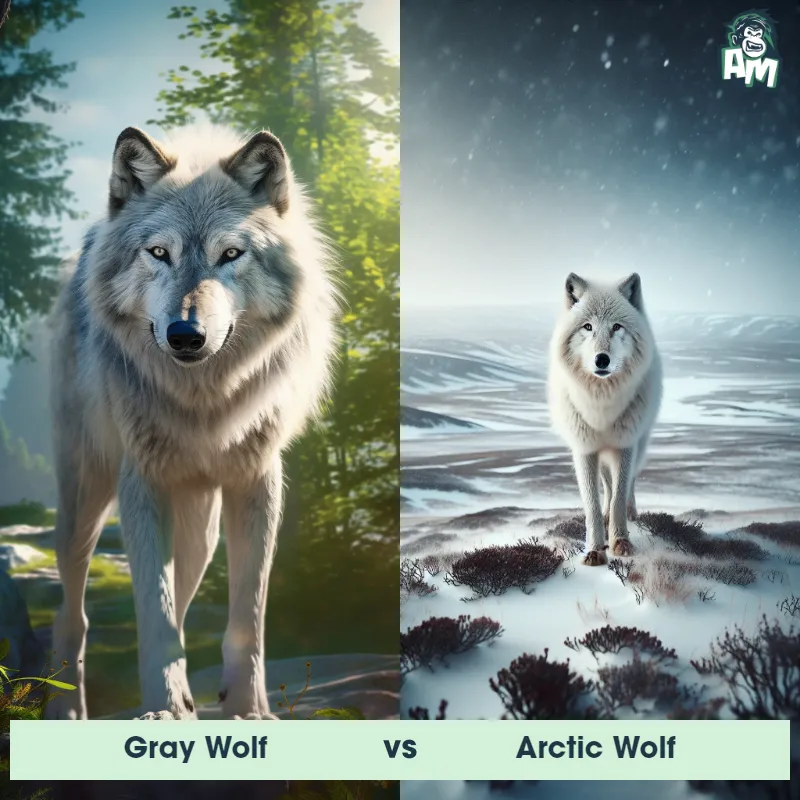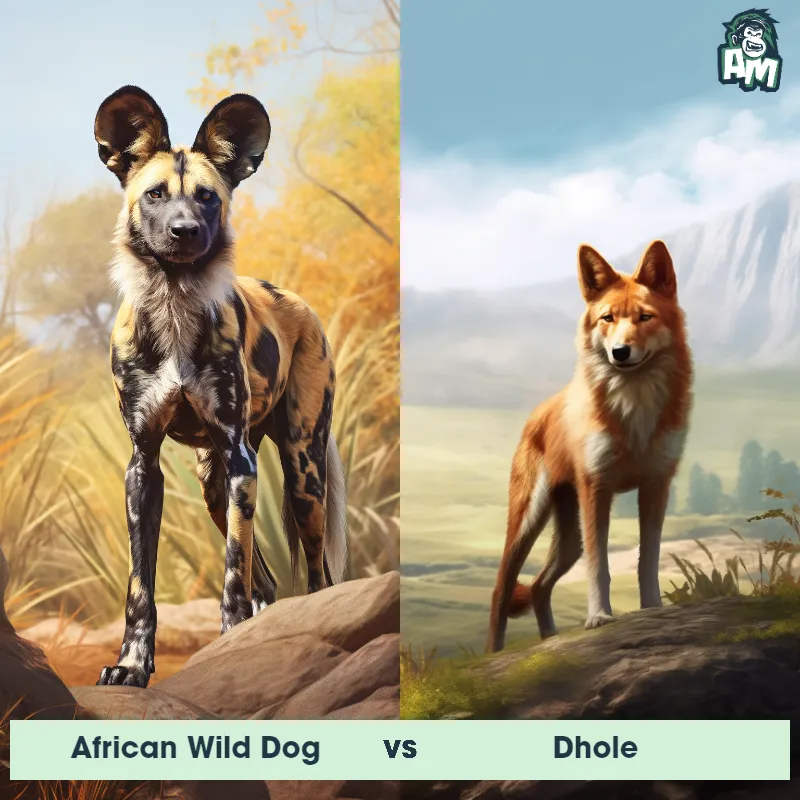Dingo vs CoyoteSee Who Wins

Ladies and gentlemen, prepare for an exhilarating showdown between two of the most cunning and adaptable canines in the wild: the Dingo and the Coyote. Over three action-packed rounds, these remarkable animals will showcase their incredible agility, strength, and intelligence as they battle for supremacy. Without further ado, let the contest begin!
Contender 1: Dingo
The Dingo, also known as the Australian Native Dog, is a wild canine that is native to Australia. They have a lean and muscular build, with a short, thick coat that can range in color from sandy yellow to red. Dingoes have a distinctive howl and are known for their intelligence and adaptability, as they can survive in a variety of habitats, from deserts to forests.
Fun Fact: Dingoes are one of the few species of dog that can rotate their heads almost 180 degrees in either direction, allowing them to keep a close eye on their surroundings.
Contender 2: Coyote
The Coyote, also known as the American jackal, is a small, carnivorous mammal that belongs to the Canidae family. They have a slender, agile body with a bushy tail, pointed ears, and a long snout. Coyotes have a grayish-brown fur coat with a white underbelly, and their eyes are yellow and almond-shaped. They are known for their adaptability and intelligence, and can be found in a variety of habitats, from deserts to forests.
Fun Fact: Coyotes are known for their vocalizations, which include howls, yips, and barks, and they use these sounds to communicate with each other and establish their territory.
Matchup Stats
| Dingo | Coyote | |
|---|---|---|
| Size | 20-24 inches (50-60 cm) at the shoulder | 32-37 inches (81-94 cm) in length |
| Weight | 22-44 pounds (10-20 kg) | 20-50 pounds (9-23 kg) |
| Speed | Speed: 40 mph (60km/hr) | Speed: 43 mph (69 km/hr) |
| Key Strength | Speed and agility | Speed and agility |
| Biggest Weakness | Lack of endurance | Lack of physical strength |
Current Votes
Dingo vs Coyote
See Who Wins
View More Matches
Looking For More?
Similar Matches
Scientific Stats
| Dingo | Coyote | |
|---|---|---|
| Scientific Name | Canis lupus dingo | Canis latrans |
| Family | Canidae | Canidae |
| Habitat | Varied, including deserts and forests | Various habitats, including deserts, forests, and grasslands |
| Geography | Australia | North and Central America |
| Diet | Opportunistic carnivores, eating small mammals, birds, and reptiles | Omnivorous, eats small rodents, insects, fruits, vegetables, and larger prey like deer and livestock |
| Lifespan | 5 years - 10 years | 10 years - 14 years |
Key Differences between Dingo and Coyote
- Size: Dingoes are generally larger than coyotes, with an average weight of 44-66 pounds compared to coyotes' average weight of 20-50 pounds.
- Coat color: Dingoes typically have a sandy or reddish-brown coat, while coyotes have a grayish-brown coat with a reddish tint.
- Habitat: Dingoes are native to Australia, while coyotes are found throughout North and Central America.
- Tail shape: Dingoes have a bushy tail that curls upward, while coyotes have a longer, thinner tail that droops downward.
- Ears: Dingoes have shorter, rounder ears, while coyotes have longer, pointed ears.
- Head shape: Dingoes have a broader, more rounded head compared to the narrower, more pointed head of a coyote.




